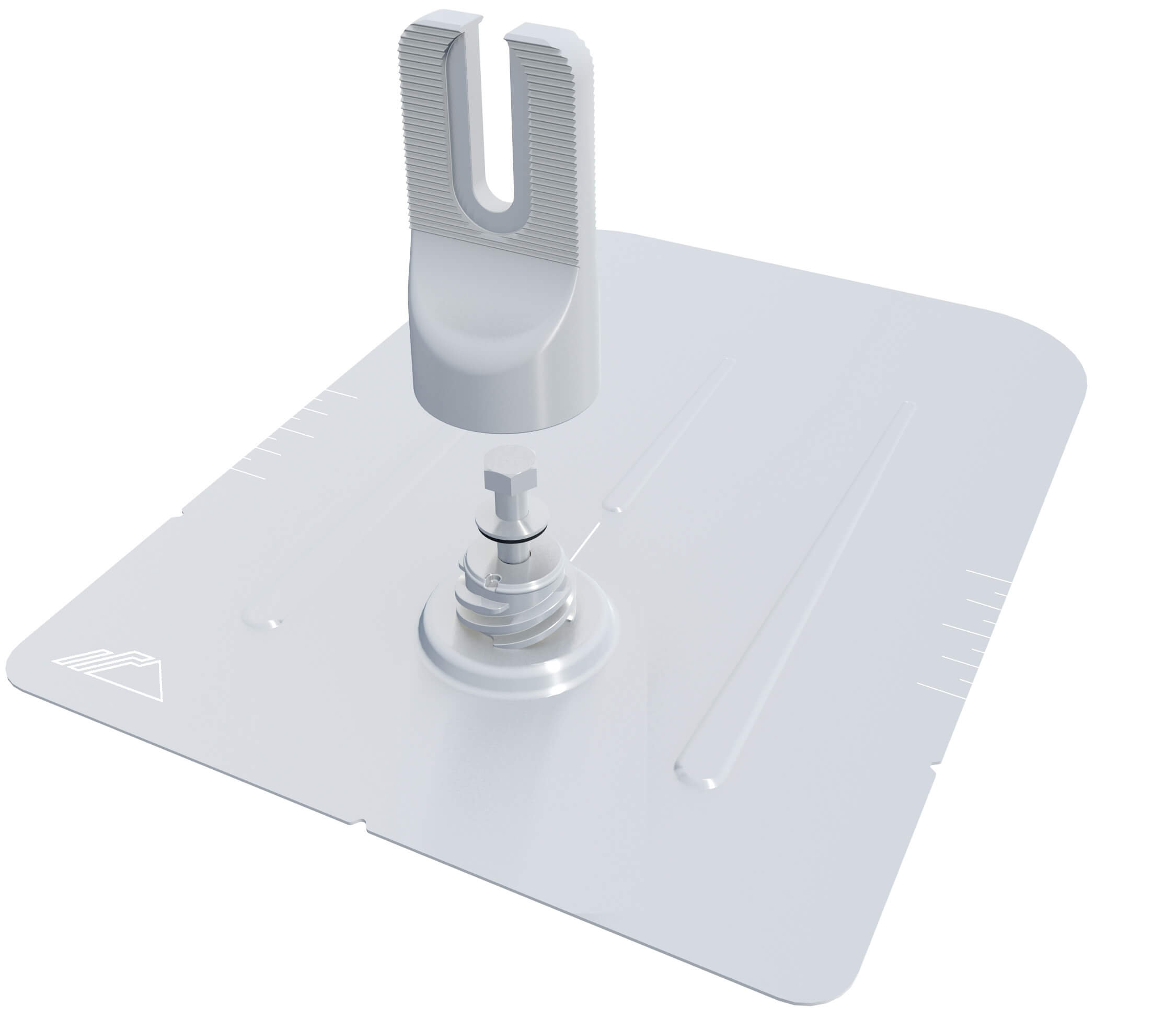Hi All,
First post but have been lurking on the forum for a couple of months now. I'm planning on installing a roof mount, grid-tied, solar array on my home and doing it myself. I'm about to pull the trigger but I would like those of you who are more knowledgeable than I to look over my plan and let me know if you see any issues with it or areas I can improve.
Usage:
Location: Southern CA, Inland, essentially desert (zip code 92570)
Current Usage: 8,000 kWh over previous 12 months (hardly any A/C usage, would like to use more though)
Planned size: 7.5kW
PVWatts Estimate @ 7.5 kW: 12,600 kWh/yr
Planning on buying an EV later this year:
20,000 mi/yr @ 5 km/kWh = 6,400 kWh/yr
Usage with EV = 14,400 kWh/yr
Permitting:
I'm a licensed Mechanical Engineer, but my county (Riverside) requires an electrical engineer and a structural or civil engineer to stamp the plans for a permit. I considered making the plans myself and paying for a EE/CE to review and stamp them, however, it seems there isn't a huge cost difference between that and having a company generate the plans and stamp them for me. Yoursolarplans.com will generate all the plans, the worksheets required by the county, and have it all stamped for $675. I then have to pay the permit fee of $458 to the county. The PoCo and county AHJ are fine with DIY install and connection, as long as the permit is done and the county signs off on the inspection.
System Specs:
I'm looking at a 7.5kW system on WholesaleSolar.com ($11,000):
Panels: 20 Mission Solar 375W Silver Mono PERC
Inverter: SolarEdge SE10000H HD-Wave 10kW
(Inverter is oversized to allow the addition of panels in the future)
Optimizers: 20 SolarEdge P400 Optimizers
Also comes with IronRidge XR100 Racking, clips, hardware, labeling, grounding bars kit, disconnect, etc.
I would only need to purchase the wire, conduit, and flashing to complete the system (Home Depot, est. $600).
I will have two strings of 10 panels connected to the inverter. Inverter will be Ethernet connected. All panels will be on roof surfaces at the same azimuth and tilt, facing South. No shade will fall on the panels.
Summary:
Therefore, the total system will cost around $12,700, or $1.70/watt ($1.19/watt after 30% federal rebate).
Please let me know if there's anything I missed or can improve on, or perhaps a better route (i.e. cheaper) with the permitting. Thanks for the wealth of information this site has given me so that I could get to this point!
First post but have been lurking on the forum for a couple of months now. I'm planning on installing a roof mount, grid-tied, solar array on my home and doing it myself. I'm about to pull the trigger but I would like those of you who are more knowledgeable than I to look over my plan and let me know if you see any issues with it or areas I can improve.
Usage:
Location: Southern CA, Inland, essentially desert (zip code 92570)
Current Usage: 8,000 kWh over previous 12 months (hardly any A/C usage, would like to use more though)
Planned size: 7.5kW
PVWatts Estimate @ 7.5 kW: 12,600 kWh/yr
Planning on buying an EV later this year:
20,000 mi/yr @ 5 km/kWh = 6,400 kWh/yr
Usage with EV = 14,400 kWh/yr
Permitting:
I'm a licensed Mechanical Engineer, but my county (Riverside) requires an electrical engineer and a structural or civil engineer to stamp the plans for a permit. I considered making the plans myself and paying for a EE/CE to review and stamp them, however, it seems there isn't a huge cost difference between that and having a company generate the plans and stamp them for me. Yoursolarplans.com will generate all the plans, the worksheets required by the county, and have it all stamped for $675. I then have to pay the permit fee of $458 to the county. The PoCo and county AHJ are fine with DIY install and connection, as long as the permit is done and the county signs off on the inspection.
System Specs:
I'm looking at a 7.5kW system on WholesaleSolar.com ($11,000):
Panels: 20 Mission Solar 375W Silver Mono PERC
Inverter: SolarEdge SE10000H HD-Wave 10kW
(Inverter is oversized to allow the addition of panels in the future)
Optimizers: 20 SolarEdge P400 Optimizers
Also comes with IronRidge XR100 Racking, clips, hardware, labeling, grounding bars kit, disconnect, etc.
I would only need to purchase the wire, conduit, and flashing to complete the system (Home Depot, est. $600).
I will have two strings of 10 panels connected to the inverter. Inverter will be Ethernet connected. All panels will be on roof surfaces at the same azimuth and tilt, facing South. No shade will fall on the panels.
Summary:
Therefore, the total system will cost around $12,700, or $1.70/watt ($1.19/watt after 30% federal rebate).
Please let me know if there's anything I missed or can improve on, or perhaps a better route (i.e. cheaper) with the permitting. Thanks for the wealth of information this site has given me so that I could get to this point!



Comment